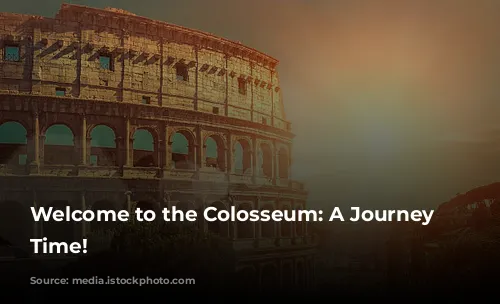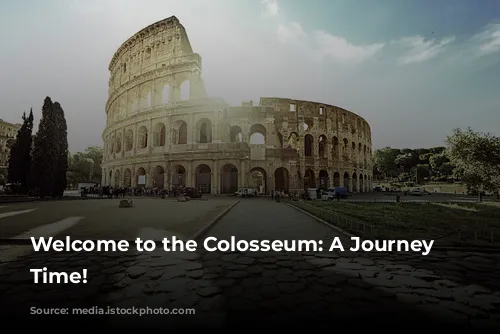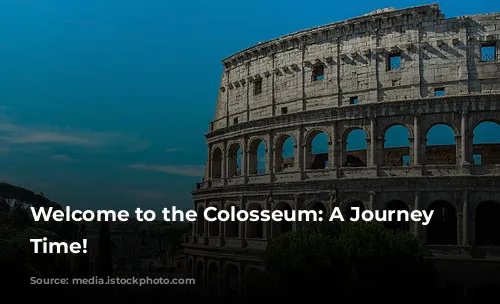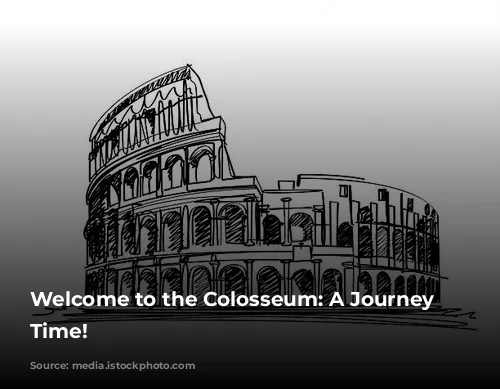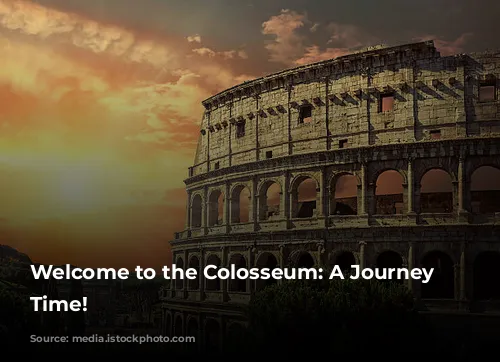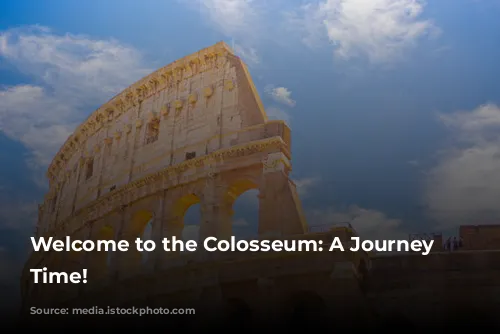The Colosseum, a magnificent monument to Rome’s rich history, stands as a testament to the grandeur of the Roman Empire. This iconic arena, with its nearly two thousand years of history, has witnessed countless spectacles, from thrilling gladiatorial combats to the dramatic hunts of wild animals. Today, the Colosseum continues to amaze visitors from across the globe, and its enduring popularity makes it one of the world’s most visited landmarks. Let’s take a closer look at some fascinating facts about this ancient wonder.
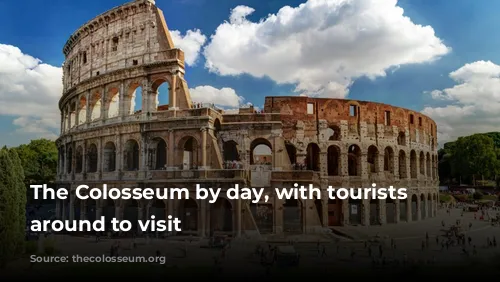
Building a Legacy: The Colosseum’s Construction
How was the Colosseum built? Construction of this mighty edifice began in 72 AD under the rule of Emperor Vespasian, and it was completed in 80 AD. Though Vespasian laid the foundation, he sadly did not live to see its completion. His sons, Emperors Titus and Domitian, took up the mantle, overseeing the final stages of construction.
Who were the builders? While Roman engineers and craftsmen played a vital role in planning and executing the construction, a vast workforce of Jewish slaves provided the essential labor. These slaves, many of whom were captured during the first Jewish-Roman war, toiled tirelessly to bring the Colosseum to life. Estimates suggest that between 60,000 and 100,000 slaves participated in this monumental endeavor.
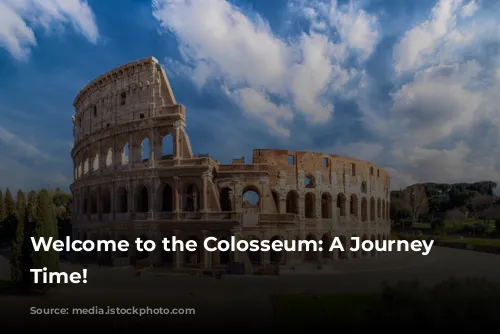
A Seat of Power: The Colosseum’s Purpose
Why was the Colosseum built? The Colosseum’s construction was a bold statement, a response to the Roman public’s discontent with Nero’s extravagant Domus Aurea (Golden House), built after the Great Fire of 64 AD. When Vespasian ascended to the throne, he demolished Nero’s palace and ordered the construction of the Colosseum on the site of a former artificial lake. This grand amphitheater was designed to become a beacon of entertainment, a place where all Roman citizens could gather to experience the thrill of spectacles.
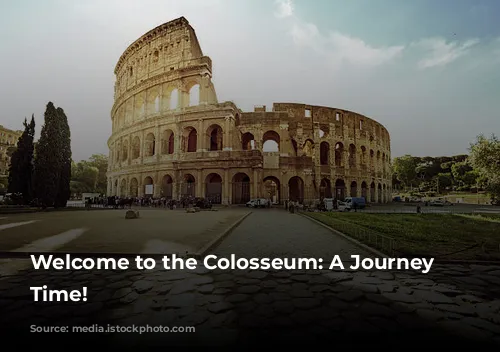
A Monument to Might: The Colosseum’s Size and Structure
How big is the Colosseum? The Colosseum’s imposing oval shape measures a staggering 189 meters in length, 156 meters in width, and 48.5 meters in height. This immense structure covers a whopping 6 acres of land, a testament to the scale of Roman engineering.
What are the Colosseum’s key architectural features? The Colosseum’s outer walls are adorned with three levels of columns: Doric, Ionic, and Corinthian. Each level boasts 80 arches, 76 of which are numbered with Roman numerals, serving as guides for spectators to locate their seats. While only 31 of the original 80 ground-level arches remain intact, they offer visitors a glimpse into the grandeur of this ancient structure.
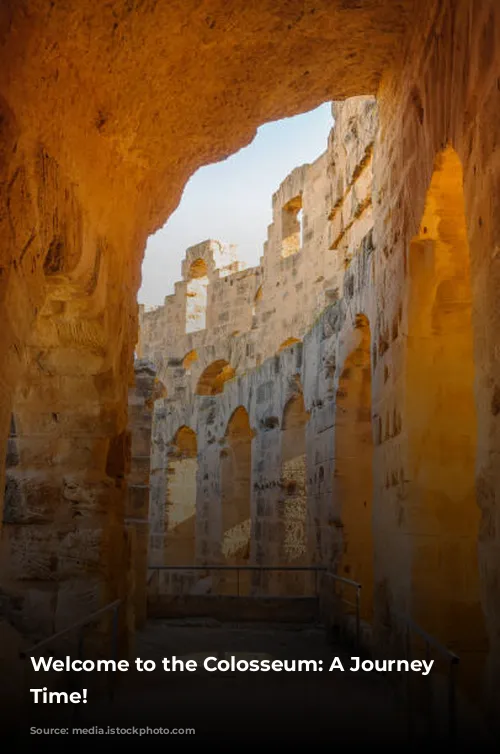
Beneath the Surface: The Colosseum’s Hidden Secrets
What lies beneath the Colosseum? The Colosseum’s Hypogeum, a network of tunnels and chambers hidden beneath the arena, served as a bustling hub of activity. This intricate system housed gladiators, animals, and prisoners before their entry into the arena. Eighty vertical shafts connected the Hypogeum to the arena, facilitating the dramatic appearances of performers and animals. Additionally, an extensive network of trap doors enabled the deployment of elaborate stage elements, adding to the spectacle.
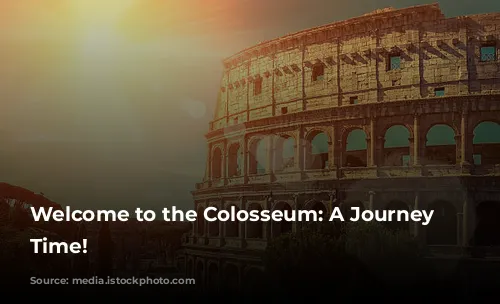
Blood and Spectacle: The Colosseum’s Legacy
How many spectators could the Colosseum hold? The Colosseum was designed to accommodate a massive crowd, capable of seating between 50,000 and 80,000 spectators.
What were the types of spectacles held in the Colosseum? Gladiatorial combats were undoubtedly the most popular spectacles, attracting massive crowds. The Colosseum also hosted hunts, executions (including the infamous damnatio ad bestias – condemned to death by wild beasts), and even naumachia, staged naval battles for which the arena was flooded.
Did gladiator fights live up to the violent reputation? Contrary to the popular image of unrestrained bloodshed, gladiator fights were somewhat akin to contemporary boxing matches. Fighters were classified based on size and fighting style, and matches were monitored by referees and doctors. While death was a real possibility, matches often ended without fatalities. Successful gladiators could even become famous celebrities, achieving fame through skill and endurance.
Were Christians martyred in the Colosseum? While many people perished in the Colosseum over its long history, and some of them were undoubtedly Christian, conclusive historical evidence linking the stories of Christian martyrs to the Colosseum is lacking.
Did the events depicted in the movie “Gladiator” really take place? While the movie captures the spirit of gladiatorial combat and the reign of Commodus, some liberties were taken with historical accuracy. Commodus, a real Roman Emperor, was a passionate fan of gladiatorial combat and bloodsports. He often participated in the arena, though typically against handicapped opponents or non-predatory animals. His sadistic tendencies contributed to his downfall, but he did not die in the arena in a heroic battle as depicted in the movie.

The Decline and Legacy of a Colossal Icon
Why did gladiator fights cease at the Colosseum? The decline of gladiatorial combat in the Colosseum was not due to the rise of Christianity, as many believe. Instead, the prohibitive costs of maintaining the Colosseum, paying gladiators, and sourcing wild animals ultimately led to the end of these spectacles. The Roman Empire was in a state of decline, and the resources needed to sustain these events were scarce.
What catastrophes has the Colosseum endured? Throughout its history, the Colosseum has suffered several devastating events, including at least three major fires and at least four earthquakes. Despite these catastrophes, the Colosseum has been repaired and rebuilt numerous times over the centuries, a testament to its enduring strength and resilience.
What has the Colosseum been used for besides an arena? The Colosseum’s long history has seen a variety of uses besides hosting spectacles. Over the centuries, it has served as a cemetery, a place of worship, housing for the poor, workshops for artisans, a fortified castle, and a home for a religious order.
How many visitors does the Colosseum attract every year? The Colosseum remains a major tourist attraction, drawing over 7 million visitors annually. Its popularity has surged in recent years as tourism has rebounded following the pandemic.
The Colosseum, a majestic symbol of Rome’s power and glory, stands as a reminder of the empire’s grandeur and its enduring legacy. This ancient arena continues to captivate visitors from around the world, offering a glimpse into the heart of Roman society and its fascination with spectacle, power, and the dramatic interplay of life and death. If you ever find yourself in Rome, be sure to visit this magnificent structure, and prepare to be transported back in time.
